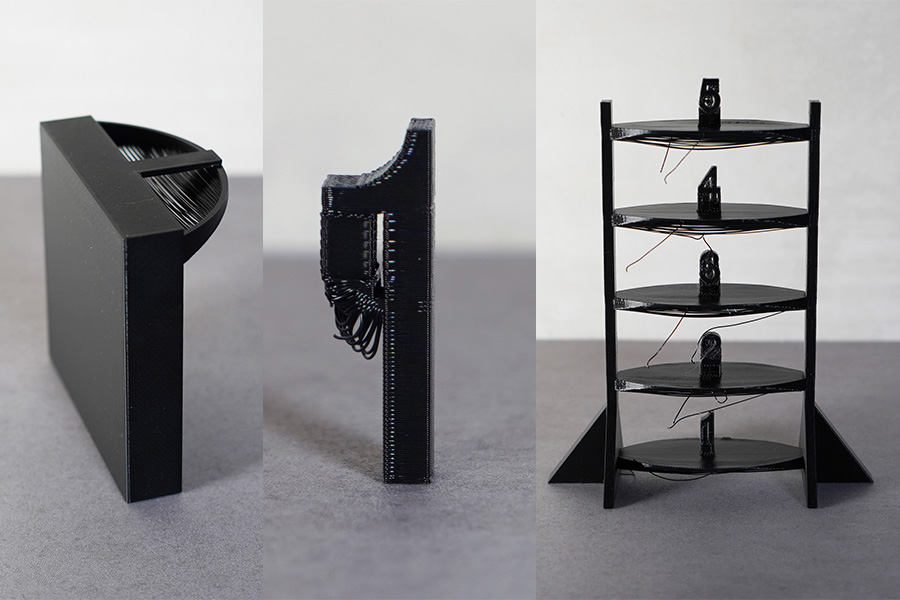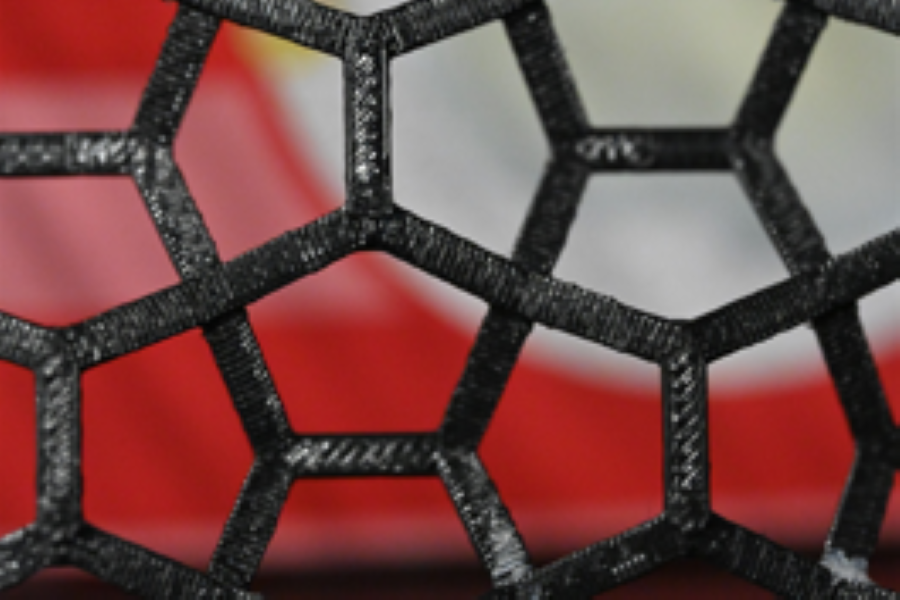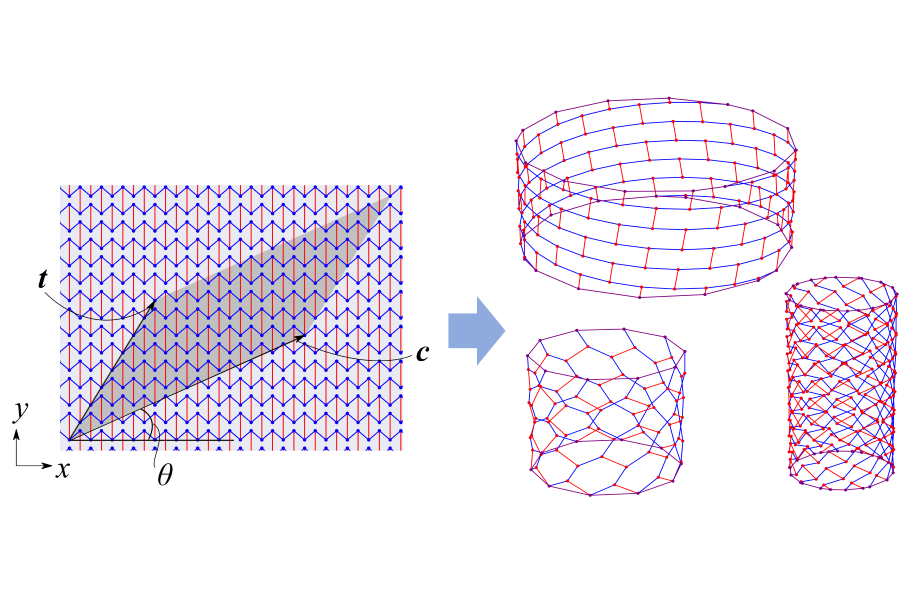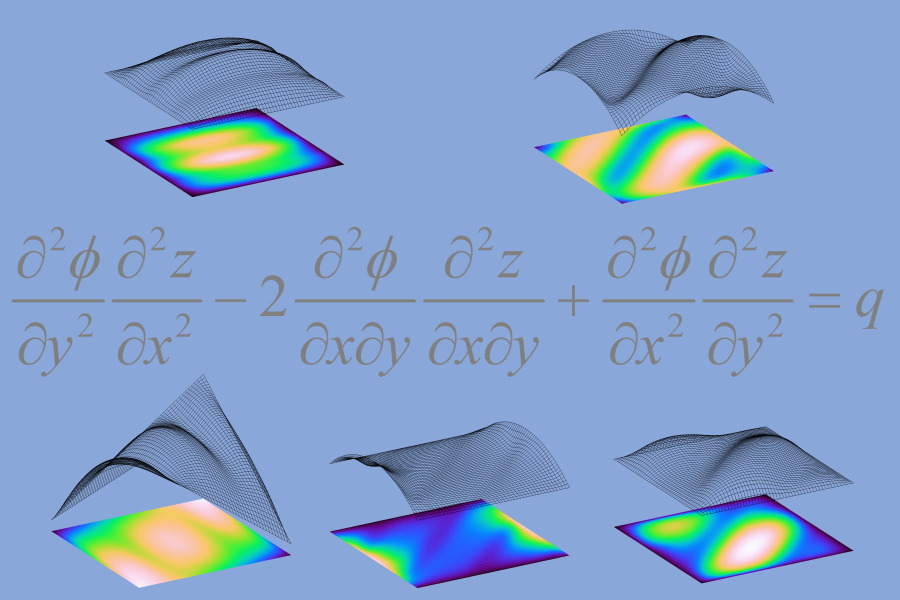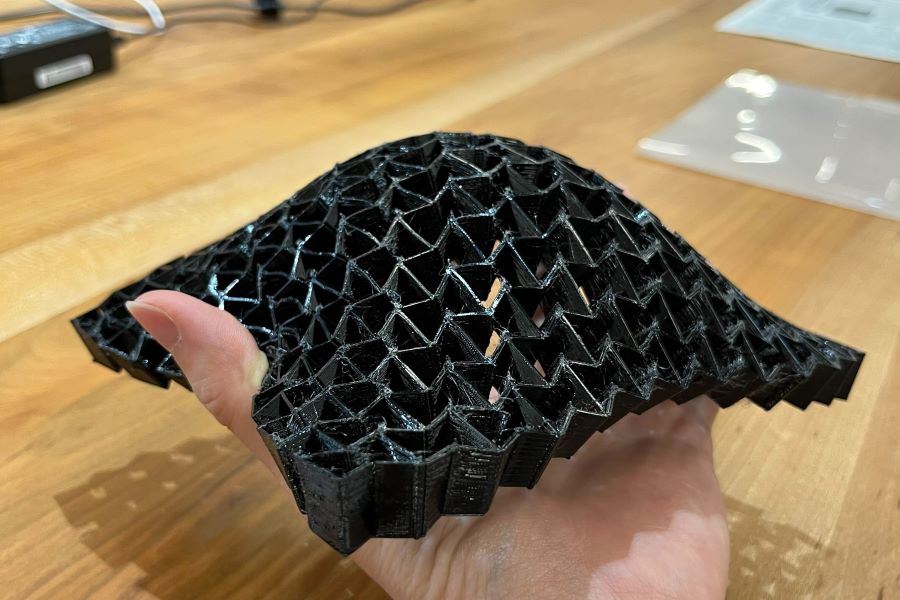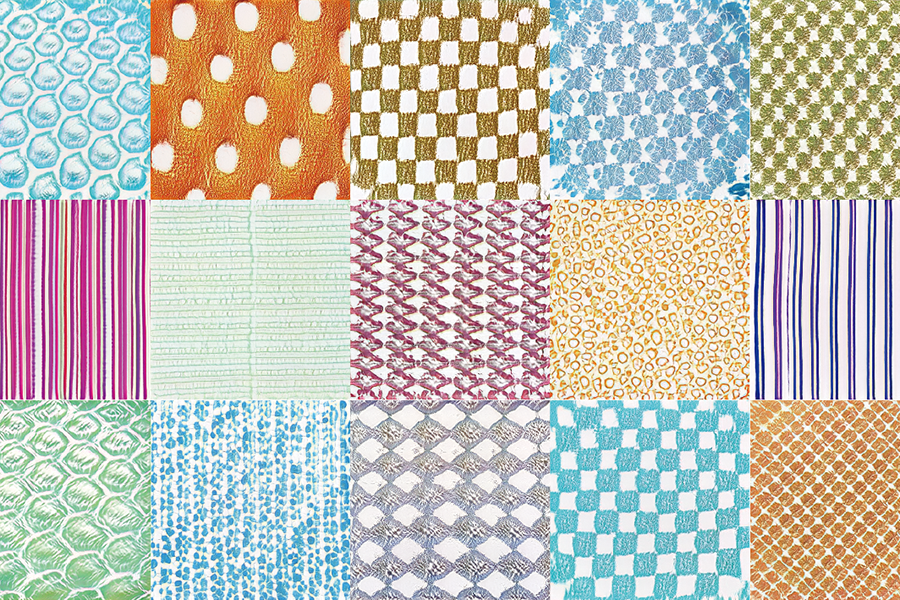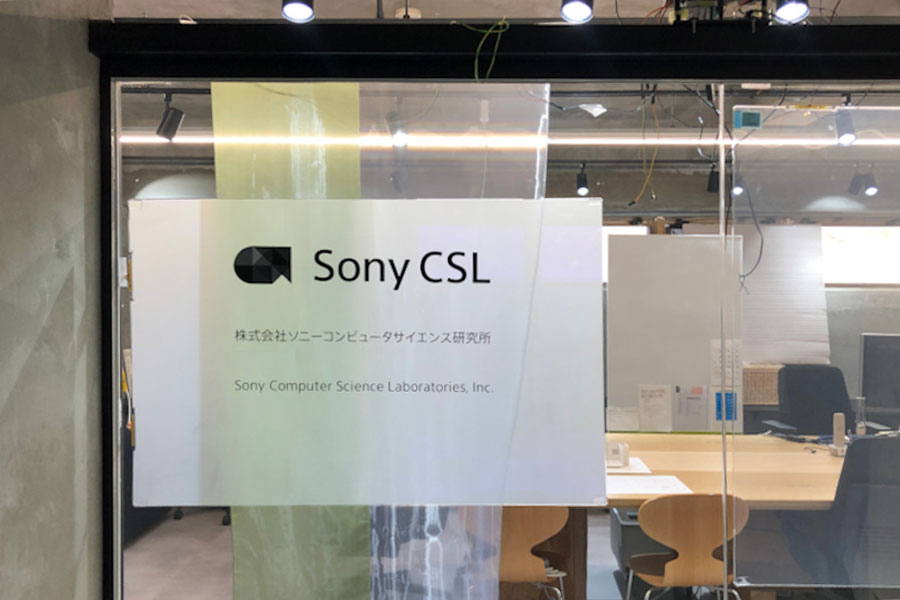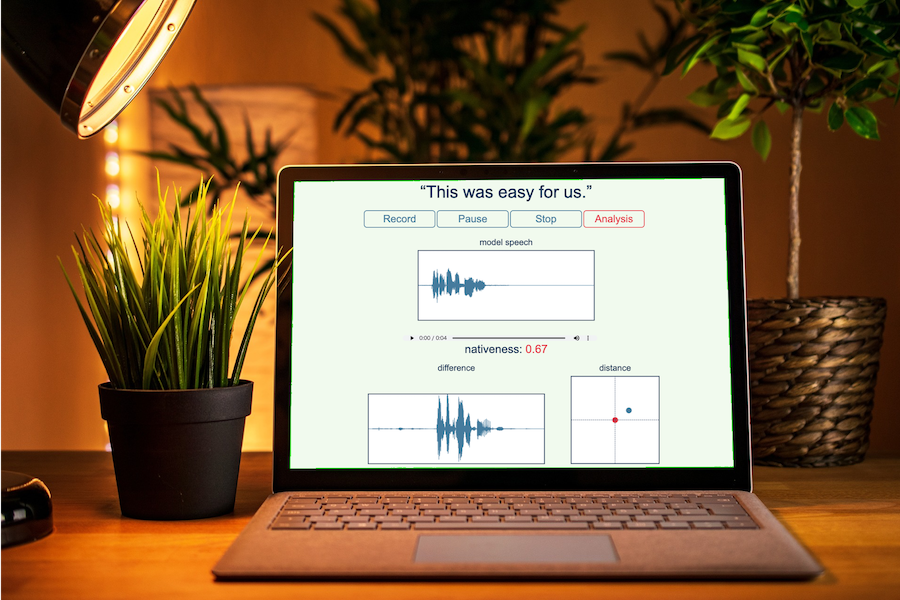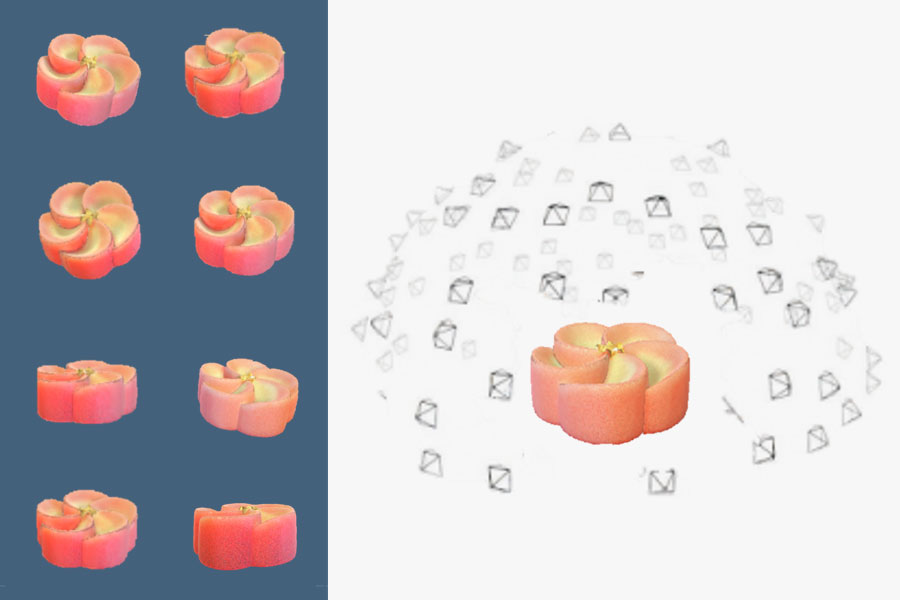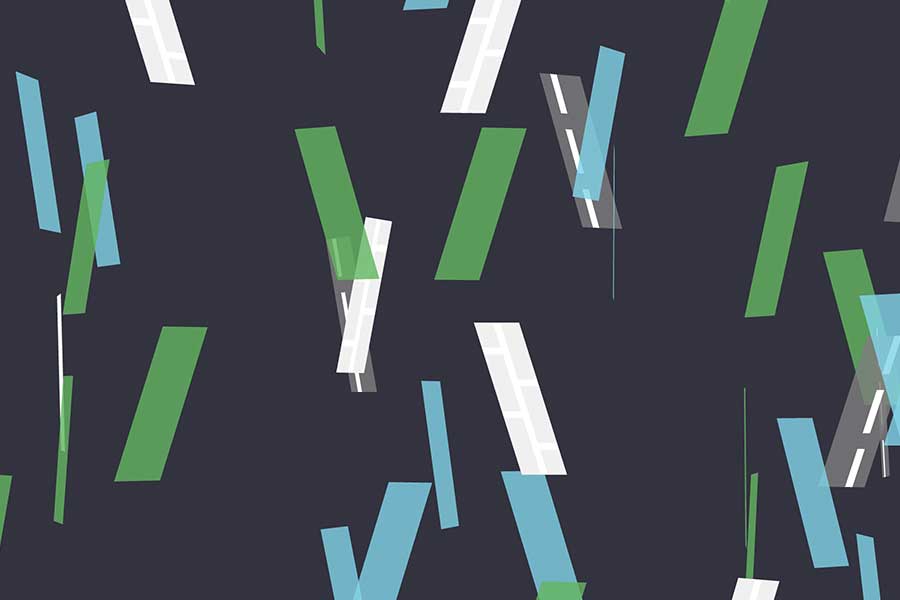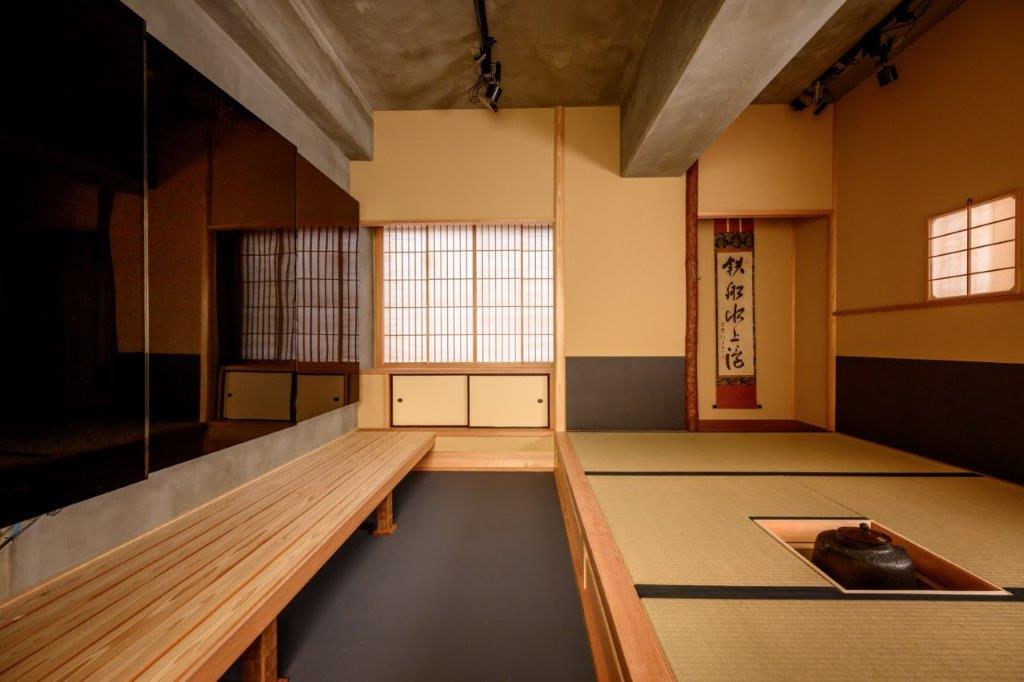Research
At Sony CSL – Kyoto, researchers conduct a wide range of self-initiated research reflecting their individual interests and expertise. Below is a partial list of research themes currently pursued in our lab.
Exploring and expanding Chanoyu (tea ceremony) Culture

We are starting empirical research to explore and expand an evolutionary future of chanoyu (tea ceremony) culture. As a practical venue for the research, the tea house Jakuin – Supervised by Sabié Cultural Institute – will open in the Sony CSL – Kyoto Laboratory by combining sukiya architecture philosophy and techniques with digital technology. The tea house Jakuin is a practical venue for ongoing joint empirical research of digital technology with a view to an evolutionary future for chanoyu culture, an unprecedented new approach to this field. We work together with Sabié Cultural Institute to contribute to cultural development and give back to modern society by building Jakuin that respects the essence and spirituality of chanoyu culture and creating new experiences, while incorporating various technologies researched and developed by Sony CSL, including human augmentation technology. The main research and development themes incorporated in Jakuin at the time of this release are described below.
・Passing Down Manners with Augmentation, by JackIn Space
・3D Chakaiki (tea ceremony record) by NeARportation
・Yukimi Door by Squama Yukimi
Human Augmentation

As symbolized by the phrase "Jinba Ittai (unity of rider and horse)", we believe that the ultimate technology is not one that is relative to humans or that replaces humans, but one that integrates with humans and extends humans. If the conventional HCI (Human-Computer Interaction) is a research field that focuses on the interface between humans and machines, we have focused on "Human-Computer Integration" and proposed "Human Augmentation". The scope of augmentation is not limited to the intellectual realm, but can be extended to the senses, cognition, the body, and existence. Based on this vision, we are conducting research on JackIn, a full-sensory immersion into humans and machines, and Human-AI Integration. The scope of expansion is not limited to individual humans, but we advocate IoA (Internet of Abilities), a vision of a future society in which people and people, and people and technology, are fused together on a network, and their capabilities expand in a complementary manner.
Crafts and Traditions
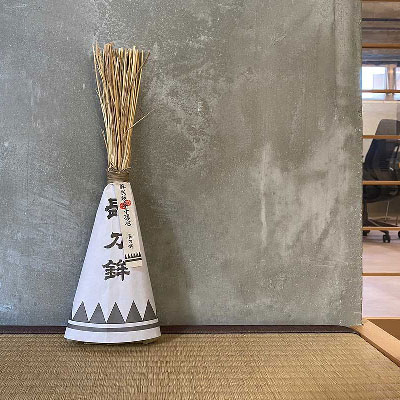
We are interested in the possibility of creating novel experiences and products by fusing traditional arts with cutting-edge technologies. As the first step in this research direction, in cooperation with masters of Japanese tea ceremony, we are building a "teahouse of the future" inside our lab. The teahouse incorporates a range of digital technologies (e.g., human augmentation technologies), while still being true to the spirit of tea ceremony.
Kyoto, the ancient capital of Japan, still retains much of its traditional culture. We believe that by probing into such traditions that have survived through centuries, we can find keys to fundamental human values and perspectives that transcend passing trends.
Information technology, due to its historical origins, strongly reflects the values of select regions and cultures. By learning from Kyoto's rich pool of traditional crafts, cuisine, theater, architecture, etc., we hope to engage in a unique brand of technological research that injects new perspectives to IT development.
Future Urbanism

Wikitopia Project is a cross-disciplinary research project, whose goal is to realize technologically-enhanced future cities that are continuously edited and improved by citizens like the online encyclopedia Wikipedia.
Who are in charge of building our cities? Governments, industries, professionals such as architects and planners — while there may be a number of possible responses, in any case the power to design and build cities is not equally distributed among citizens (i.e., the actual "users" of cities), but is instead consolidated in the hands of select institutions and individuals. In contrast, in the digital world we can find many examples — Linux and Wikipedia, to name two — of large, complex systems built by "everyone", or groups of willing volunteers.
The project aims to bring such democratic modes of production to urban design, giving rise to a new form of urbanism that can better, and more quickly, respond to the needs of diverse populations. Our primary concern is equitability, unlike typical "smart cities" whose goals are centered on efficiency and automation.
Reference:
Wikitopia Manifesto (2019)
Artificial Life
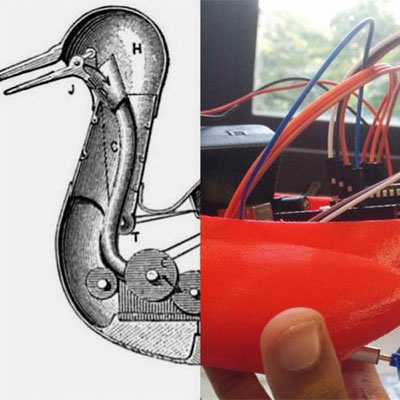
What exactly is life? This fact may be surprising to some, but even today scientists do not have a single, widely accepted definition of life. Instead there exist a number of mutually contradictory definitions, each fit for a given purpose.
A possible path toward a deeper understanding of life is to try building one using artificial means — an approach taken by researchers in the field of Artificial Life (ALife).
By conducting our own investigations into creating artificial life, we hope to make original contributions that provide new insights on what gives life its remarkable qualities. We are especially interested in uncovering the mechanisms behind evolution and perception. Findings from our research may be applied to build artificial products and systems imbued with the extraordinary, unique properties of life that have continually fascinated humans since antiquity.
Structural Wonder

The recent rise of computational techniques has enabled us to design and fabricate increasingly complex structures, such as the undulating roofs found in modern stadium architecture.
However, use cases for novel structures extend far beyond creating performant buildings. Take a walk around Kyoto and one can find geometric structures everywhere, from small-scale bamboo crafts to the regular, grid-based street layout. Hidden structures also exist behind various natural phenomena and aspects of human society. Structure is not just a component of architecture, but a fundamental principle that governs our world.
Based on such understanding, we conduct research that applies cutting-edge structural innovation to previously unseen domains and purposes. By exploring new uses for computationally-designed structures, we hope to elevate human creativity, and contribute to making the world a more diverse and richer place.
